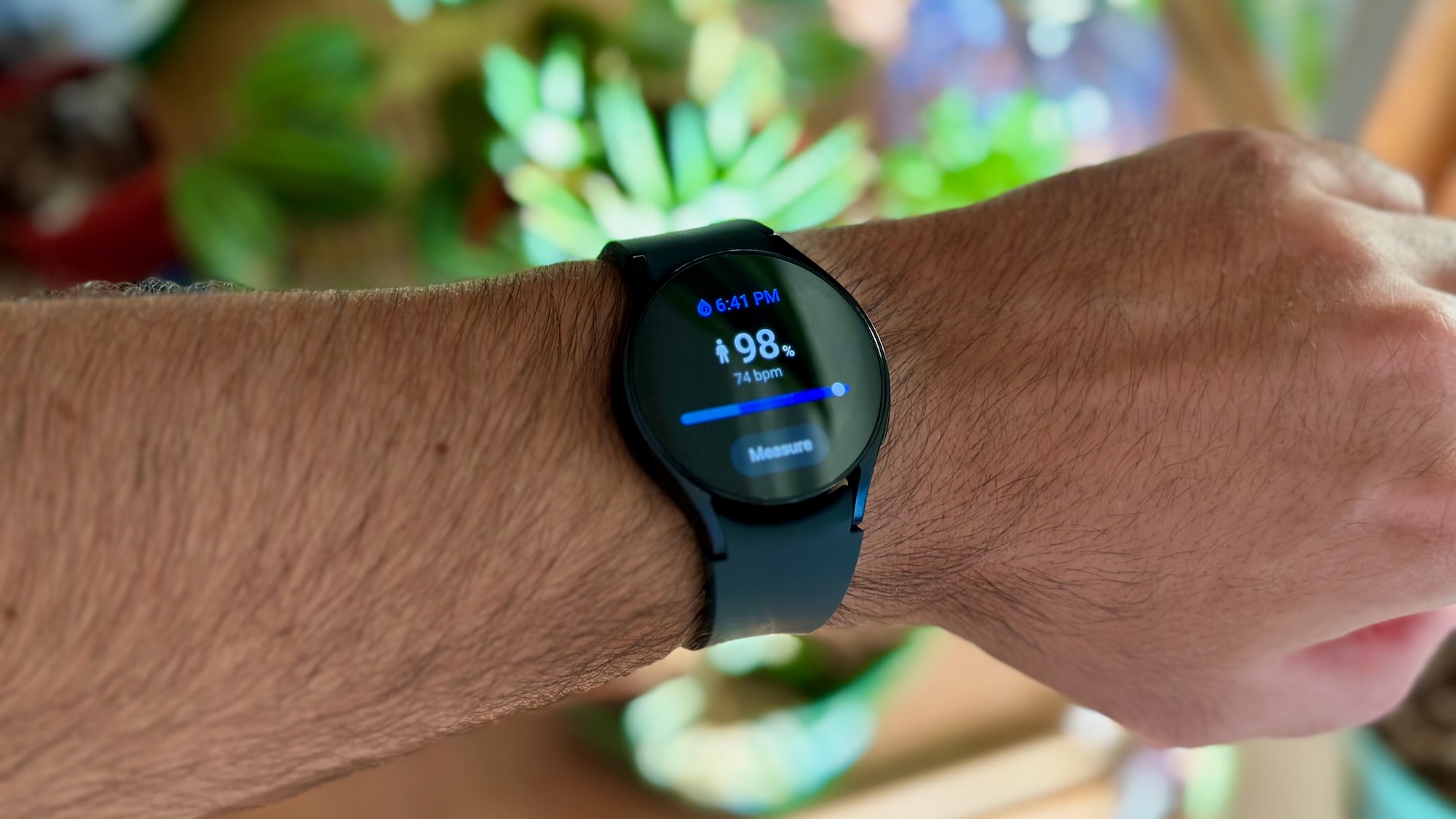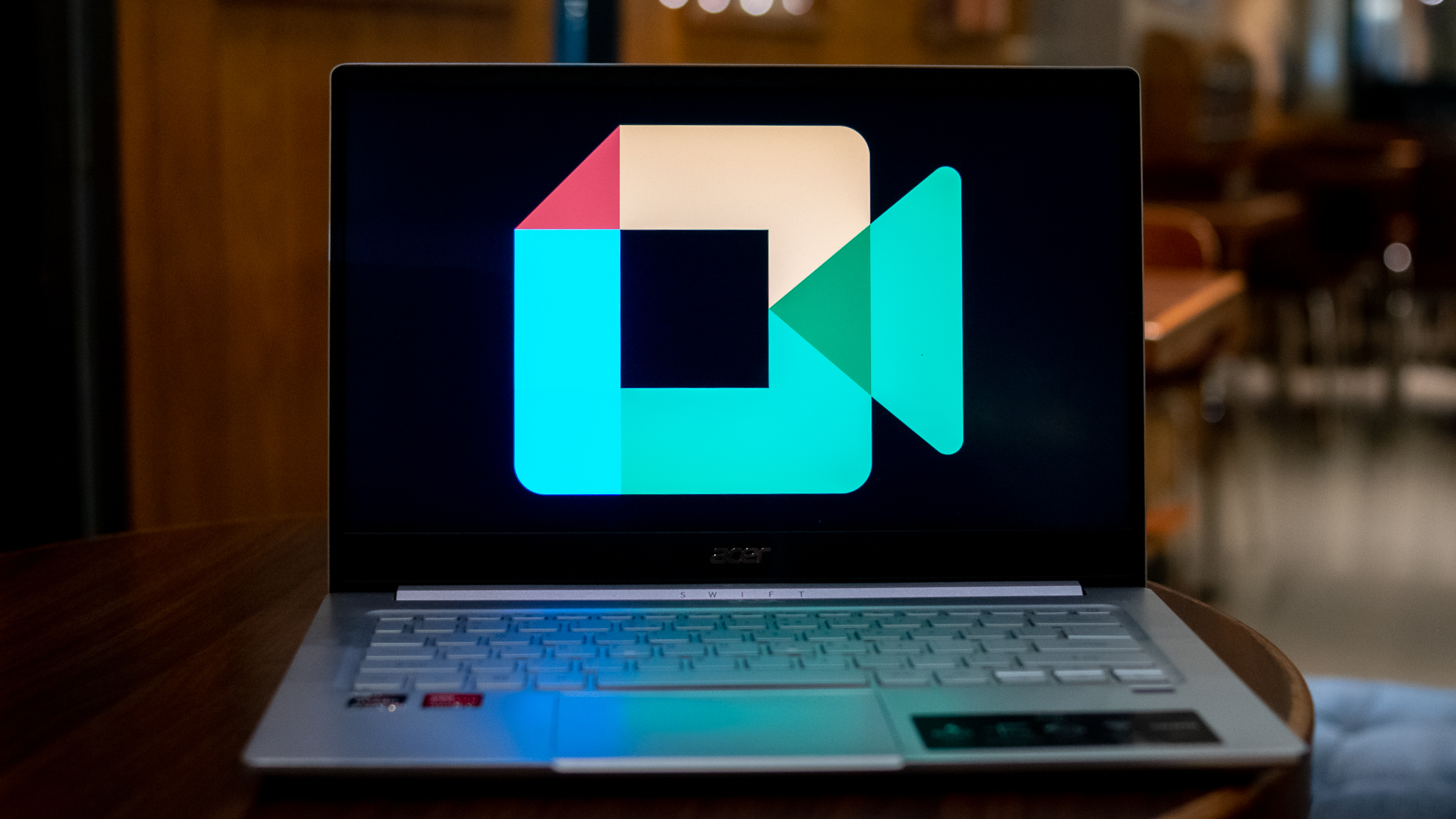Forget Apple and Samsung - the Garmin Venu 3 is the best wearable if you're in a wheelchair
There's more to it than counting pushes as steps.

I never really saw a need for a smartwatch, and any novelty they had to offer quickly wore off. I found myself looking for some sort of justification for why I spent money on this thing, no matter which model it was. Fitness and workout monitoring looked interesting, but smartwatch makers didn't seem to care about people like me.
That changed recently, thanks to my coworker Michael Hicks pointing out that the new Garmin Venu 3 looked like it offered a lot for people in a wheelchair. That's me — I've been in a chair on and off for the past 20 years, and for the past five, I'm in one full-time.
I'm still just a regular middle-aged person, though, who actually cares about being healthy and making sure I'm around a long time. Since I'm some goofy tech nerd, that means I have tried all sorts of electronic gizmos that are designed to help you get healthy and stay that way.
None of them worked. Sure, they have a setting where it says it will work to count the pushes on your chair and change the wording from "steps" to "pushes," but that's not enough, even if it were partially accurate (it's not). It's one place where Apple is at least trying to get it sorted, and every generation gets better. But while I do plan on trying the Apple Watch Series 9, Garmin can do it right now.

My body is different from someone who doesn't sit in a wheelchair, and Garmin has figured out a way to adjust things. In its words:
"Parameters of the physiological analytics engine are also modified to enhance the meaningfulness of key insights. These adjustments specifically target improved energy expenditure estimates, intensity tracking during exercise, and physiological state detection for all-day stress tracking and related features, including Body Battery™ energy monitoring...
Active muscle mass is reduced while using a wheelchair. This restricts the maximum amount of aerobic energy you can produce and energy expenditure in general. Additionally, upper-body exercise typically produces greater physiological strain than lower-body exercise at similar workloads. This can result in earlier fatigue onset during exercise, and individuals may not always reach their age-predicted maximum heart rate during upper body exercise."
Get the latest news from Android Central, your trusted companion in the world of Android
What that means is Garmin realizes that the way I am able to exercise, as well as how much of it I can do, requires more than changing the word step to push. The entire fitness platform has to work together for it to be useful for people like me. Apple is paying attention and is working on getting the various algorithms and sensors to work better for people in a chair the same way, but the Apple Watch isn't there yet. To my surprise and delight, the Venu 3 works in the ways it needs to work and does it accurately.
I've been testing it — I count my pushes and compare it to what my watch says. I see what Garmin has to say about my heart and O2 levels while I'm lifting weights. Every morning, I check out what Garmin has to say about my sleep and compare it to how I feel. So far, so good!

I've done the same with an Apple Watch and a Galaxy Watch, and neither measures up. It's been a few weeks, and I can say if you're in a chair, unless you have upper spinal cord injuries, the Garmin Venu 3 will work for you to track and monitor your health and fitness accurately. Most likely, other models that use the same health science tech as the Venu 3 will work, too.
Not everything is wine and roses, though. Garmin's features are great, but the user interface could certainly learn something from Wear OS or the Apple Watch. With so many settings and functions, just finding them all is tough, let alone remembering how to get back to them.

I also hate the strap that comes with the Venu 3, and trying to find the right one for me through trial and error and Amazon. Luckily, most 22mm straps with quick-release pins fit fine. So far, this cheap one from Amazon is the one I like best, but I'm still looking. I never knew that finding the right strap for something you wear on purpose while you're exercising was a chore.
There's also the fact that I am sharing more of my data and personal information with yet another tech company, but that can't be helped. In the end, it's well worth it. I just wish I could get all my health and fitness info back from Google, Apple, and Samsung because I received nothing useful in return.
If you're like me and have been frustrated when trying to find the right wearable for you, I'd recommend you look at Garmin. The Venu 3 isn't perfect, but it performs great where it counts. It's the best wearable for people in a wheelchair, hands down.

The Gamin Venu 3 is an impressive new smartwatch for people who are serious about running and fitness. However, it's also great for people in wheelchairs, which is something a lot of other smartwatches don't get quite right.

Jerry is an amateur woodworker and struggling shade tree mechanic. There's nothing he can't take apart, but many things he can't reassemble. You'll find him writing and speaking his loud opinion on Android Central and occasionally on Threads.
